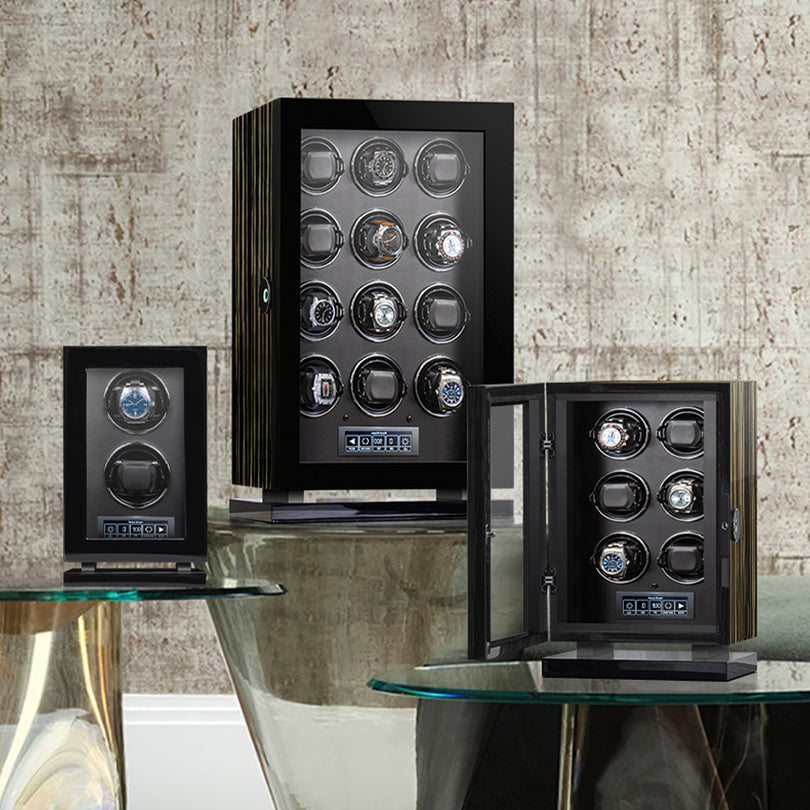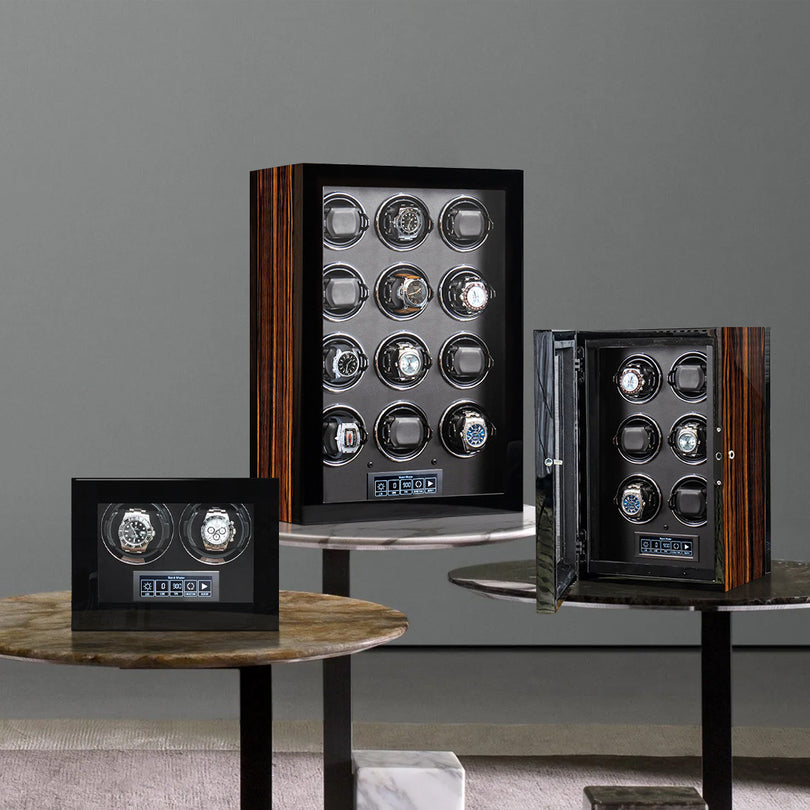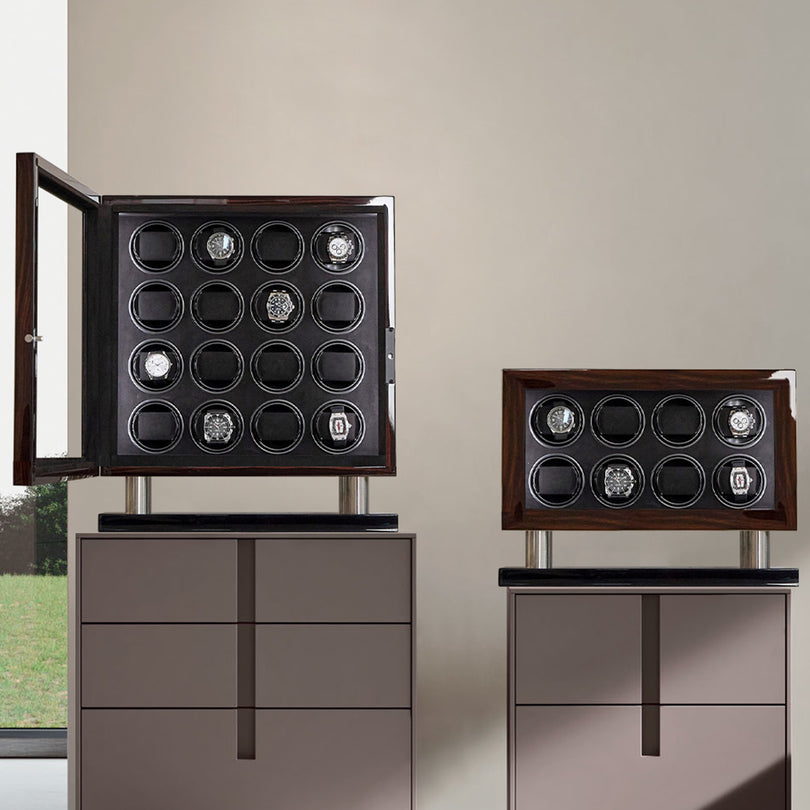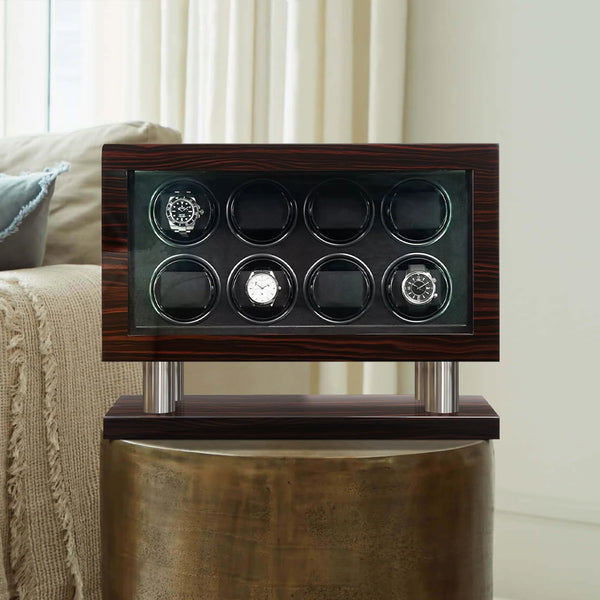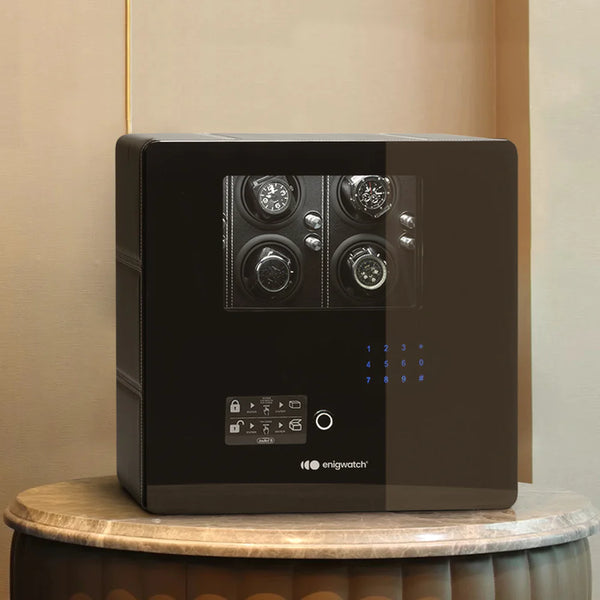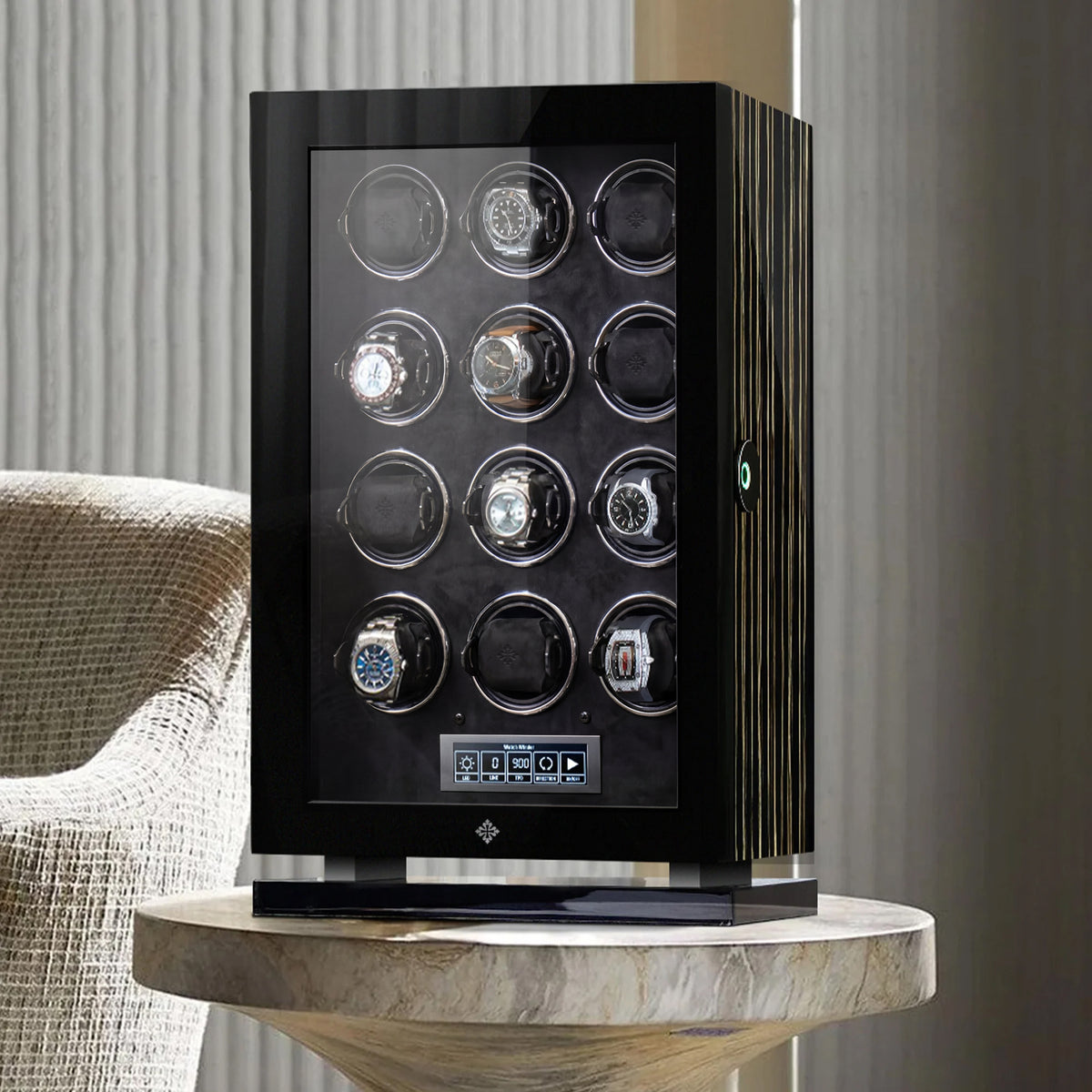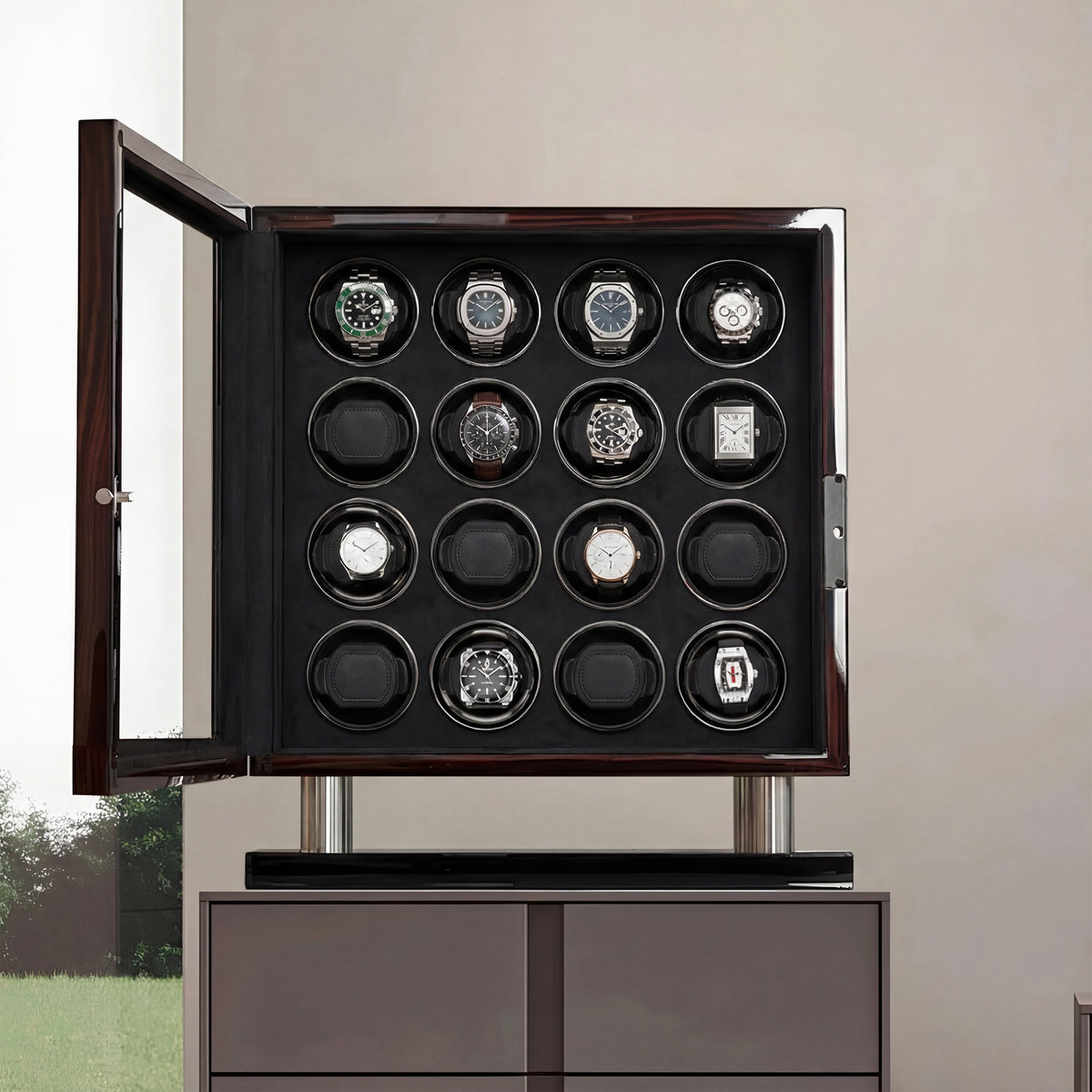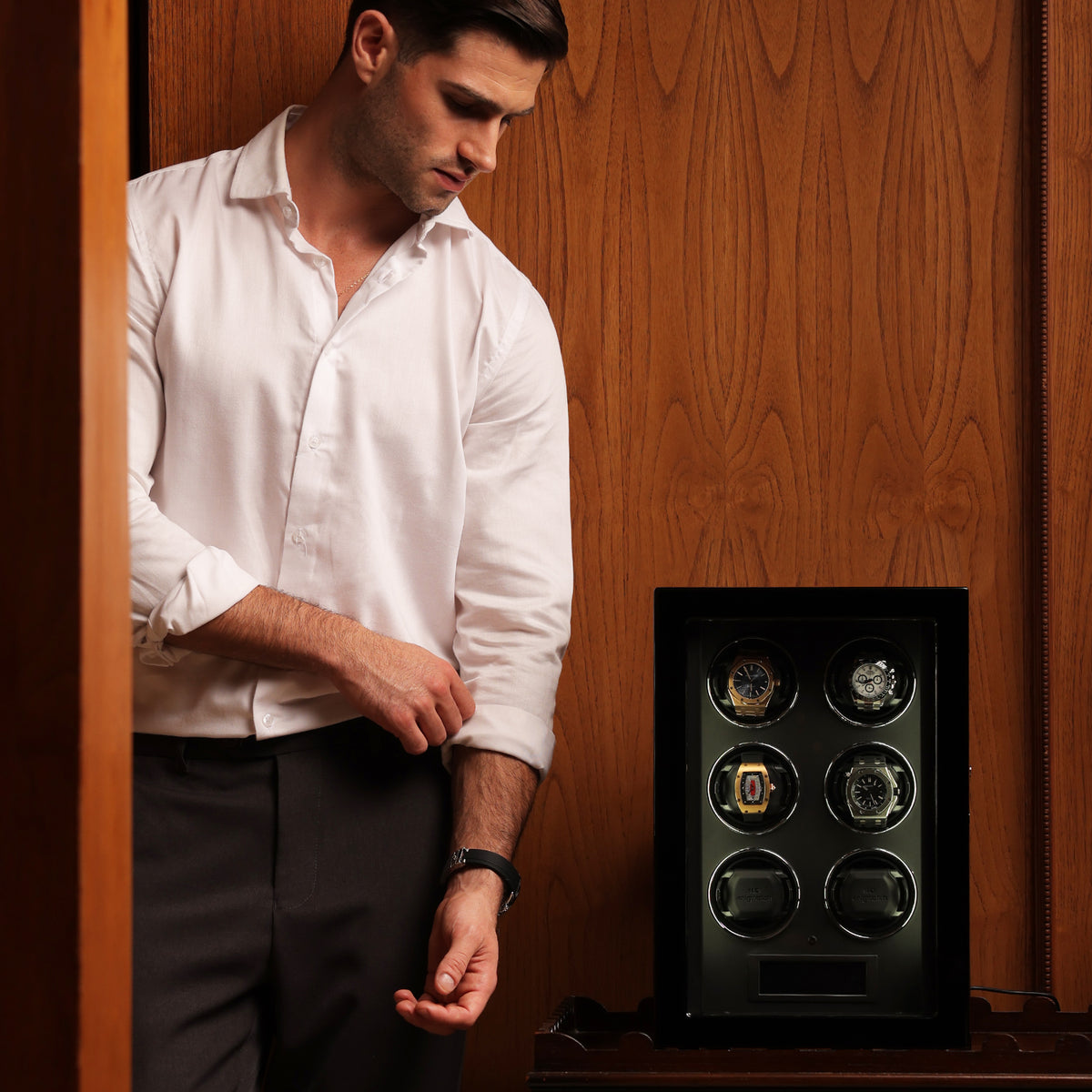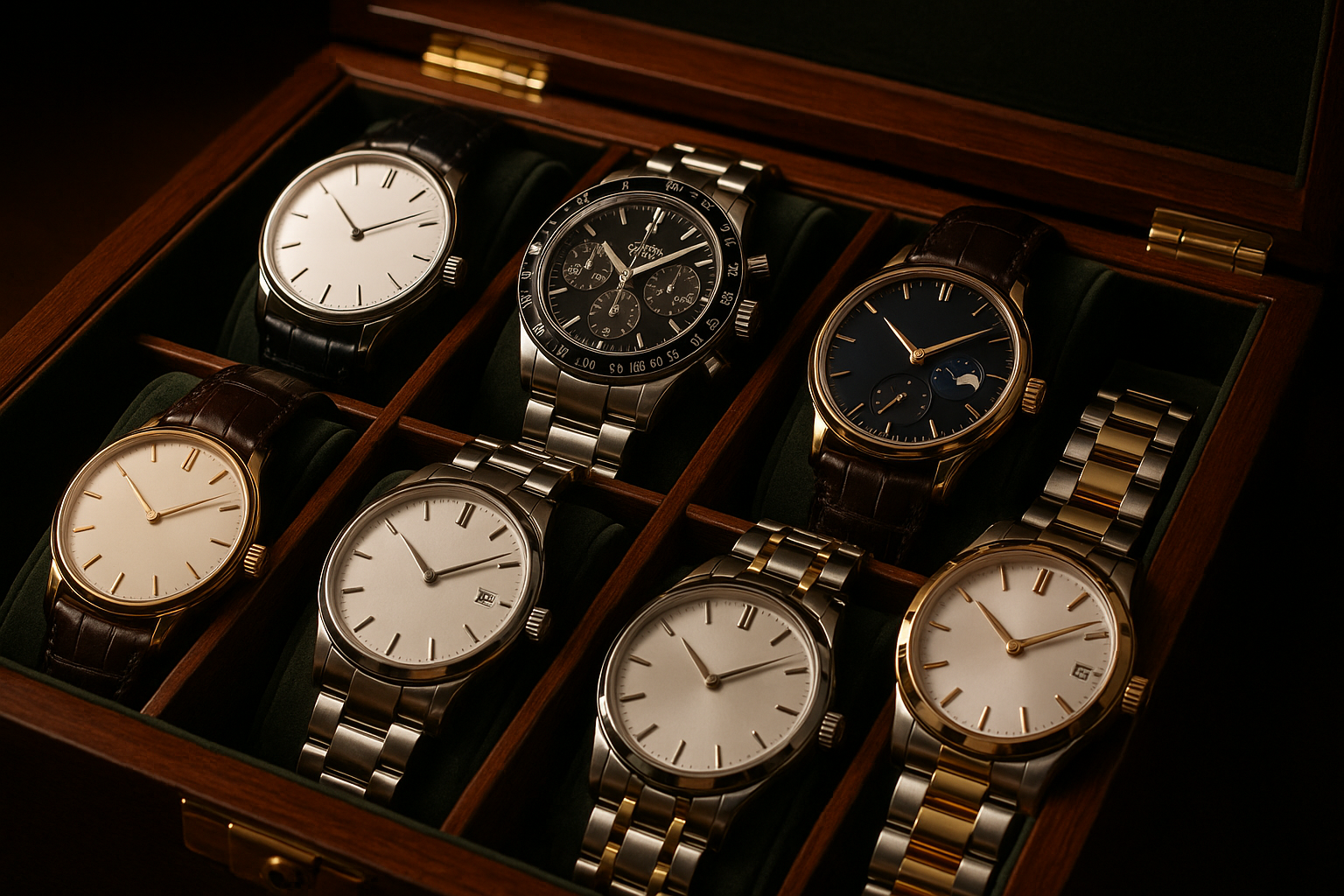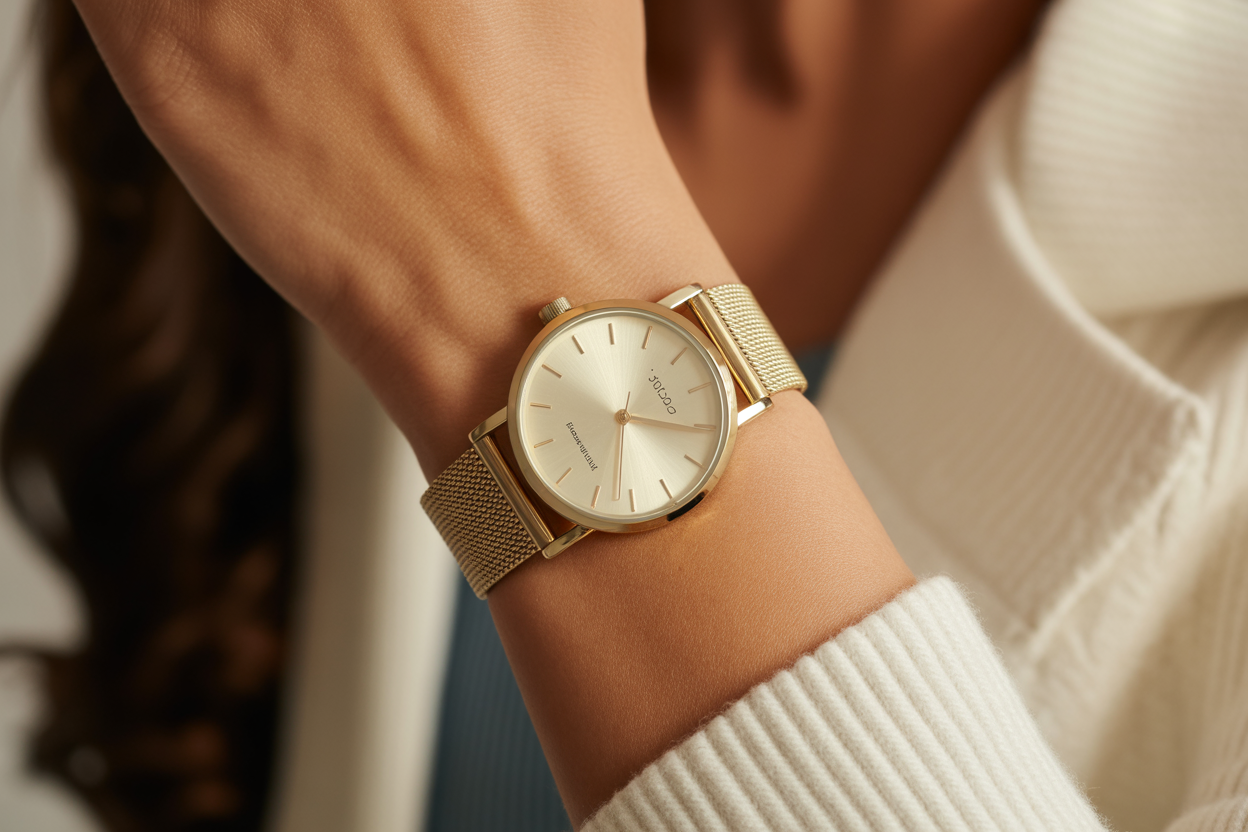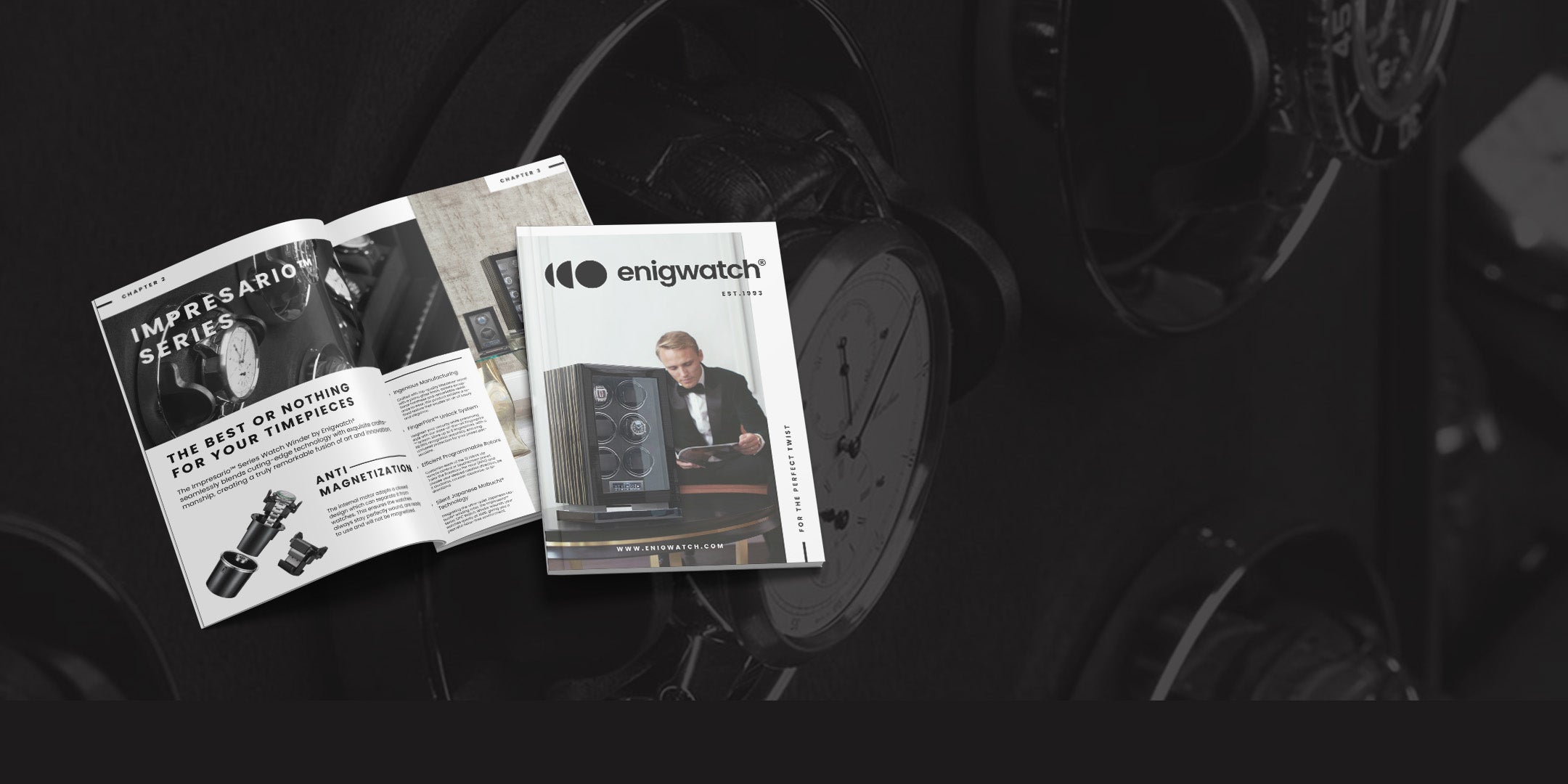Omega and TAG Heuer are two of the most renowned and prestigious Swiss watch brands, known for their high-quality timepieces that combine traditional craftsmanship with cutting-edge technology. In this article, we will compare Omega vs TAG Heuer across different categories, including their history, design, innovation, performance, materials, prices, and values. Let’s get started!
History: Omega vs TAG Heuer

Omega was founded in 1848 in Switzerland, and it has since established itself as one of the most iconic Swiss watch brands. Omega has a rich history of innovation, including being the official timekeeper of the Olympic Games since 1932 and the first watch worn on the moon during the Apollo 11 mission. In contrast, TAG Heuer was founded in 1860 in Switzerland and is also known for its history of innovation, including being the first Swiss watchmaker to produce chronographs with an accuracy of 1/10th of a second.
Related Article: Omega vs Rolex: A Battle of the Luxury Watch Brands (2023 Review)
Design: Omega vs TAG Heuer
Both Omega and TAG Heuer are renowned for their distinctive and elegant designs, each brand offering a unique aesthetic that appeals to a variety of watch enthusiasts. Omega watches are known for their sleek and refined appearance, with clean lines and a classic style that is both timeless and sophisticated. The brand's designs often feature intricate details, such as textured dials, diamond accents, and intricate bracelet patterns that add depth and character to the watches.
In contrast, TAG Heuer watches are typically sporty and dynamic, with a bold and rugged design that exudes strength and durability. The brand is known for its use of materials such as carbon fiber, rubber, and ceramic, which give its watches a modern and high-tech appearance. TAG Heuer designs often incorporate elements of motorsports, with features such as tachymeter scales, chronographs, and bold color schemes that reference the brand's history in racing.
Innovation: Omega vs TAG Heuer
Both Omega and TAG Heuer are renowned for their innovative approaches to watchmaking, and each brand has a history of introducing new technologies and features to their watches. Omega has been at the forefront of horological innovation for decades, with several groundbreaking designs that have helped shape the industry.
Some of the brand's notable innovations include the introduction of the first diver's watch with a helium release valve, the development of the coaxial escapement, and the creation of the first watch that can withstand magnetic fields of up to 15,000 gausses. These technologies have allowed Omega to produce watches that are highly accurate, durable, and reliable.
In contrast, TAG Heuer has a history of pushing the boundaries of watchmaking with its cutting-edge designs and technology. The brand has introduced several innovations that have had a significant impact on the industry.
For example, TAG Heuer created the first chronograph with a micro-rotor, which allowed for greater precision and efficiency in timekeeping. Additionally, the brand was the first to develop an automatic chronograph movement, which has become a staple in modern watchmaking.
Performance: Omega vs TAG Heuer

Both Omega and TAG Heuer watches are widely recognized for their exceptional performance and accuracy. Omega's watches have earned a reputation for precision and reliability, with many of their models being certified by the Swiss Official Chronometer Testing Institute (COSC), which is one of the most stringent certification standards for watch accuracy. This means that Omega watches have undergone rigorous testing and have met strict criteria for accuracy, durability, and quality.
On the other hand, TAG Heuer watches are also renowned for their accuracy, with many models featuring high-frequency movements that can measure time down to 1/100th of a second. This makes TAG Heuer watches an excellent choice for those who require precise timekeeping in fast-paced or high-performance situations, such as athletes or racing professionals.
Materials: Omega vs TAG Heuer
Both Omega and TAG Heuer use high-quality materials in their watches, including stainless steel, titanium, gold, and ceramic. Omega also uses unique materials such as Liquid metal, which is a metallic glass that is harder and more scratch-resistant than traditional metals. TAG Heuer has also experimented with innovative materials, such as its carbon composite case, which is lightweight and durable.
Related Article: Buying Guide: The Best Watch Winder for Omega to Store Your Precious Timepieces (2023 Edition)
Prices: Omega vs TAG Heuer
Omega and TAG Heuer watches are both considered luxury timepieces, with prices ranging from a few thousand dollars to tens of thousands of dollars. However, TAG Heuer watches tend to be slightly less expensive than Omega watches, with some models priced in the mid-range luxury market.
Values: Omega vs TAG Heuer

Related Article: 3 Best Luxurious Watch Winders for TAG Heuer Watches (2023 Edition)
Omega and TAG Heuer are both brands that value traditional craftsmanship, precision, and innovative design in their timepieces. However, each brand also has its unique values that distinguish them from one another. Omega has a strong commitment to sustainability and reducing its environmental impact.
The brand has implemented environmentally responsible practices throughout its supply chain, including using recycled materials and reducing waste in production. Omega is also a member of the Responsible Jewellery Council, which promotes ethical and sustainable practices in the jewelry industry.
In contrast, TAG Heuer has a long-standing involvement in motorsports, which is reflected in its designs and marketing. The brand has been the official timekeeper for the Formula 1 World Championship for many years and has developed specialized chronographs for racing professionals. This focus on high-performance and precision engineering has led to many of TAG Heuer's most iconic designs. Overall, both brands place a strong emphasis on quality, innovation, and values that are important to their respective identities.
Best Watch Winders for Omega and TAG Heuer Timepieces in 2023
As two of the most prestigious Swiss watch brands, Omega and TAG Heuer have consistently delivered high-quality timepieces that are not only a testament to exceptional craftsmanship but also to innovative technology. For collectors and enthusiasts of these brands, ensuring that their prized watches maintain their precision is paramount. This is where the role of a watch winder becomes invaluable. Let's delve into the top watch winders that are perfect for your Omega and TAG Heuer collections.
Yachtline™ Series 8 Watch Winder
The Yachtline™ Series 8 Watch Winder stands out as an ideal companion for Omega and TAG Heuer watches. Its advanced winding technology ensures that the intricate movements of these Swiss masterpieces are kept in optimal condition. With features tailored to cater to the specific needs of high-end watches, this winder is not just a functional tool but also a statement of luxury.
Its design complements the elegance of Omega and TAG Heuer watches, making it a must-have for collectors. If you're looking to enhance the longevity of your investment, the Yachtline™ Series 8 is a top recommendation. Discover more and secure yours today!
Centennial™ Bulletproof Safe Box
For those who not only want to maintain their Omega and TAG Heuer watches but also ensure their security, the Centennial™ Bulletproof Safe Box is the ultimate choice. Crafted with state-of-the-art materials, this safe box offers unparalleled protection against potential threats. Beyond its security features, it's designed to provide the ideal environment for your watches, ensuring they remain in pristine condition.
Its compartments are tailored to house and wind your Omega and TAG Heuer collections, making it a fusion of safety and functionality. Elevate the protection of your precious timepieces with the Centennial™ Bulletproof Safe Box. Check it out and invest in peace of mind.
Final Thought
In conclusion, both Omega and TAG Heuer are iconic Swiss watch brands with a rich history of innovation, exceptional performance, and high-quality craftsmanship. While they share many similarities, each brand has its unique characteristics that make them distinct from one another. Ultimately, the choice between the two will come down to personal preference and the specific features that are most important to the individual buyer.

